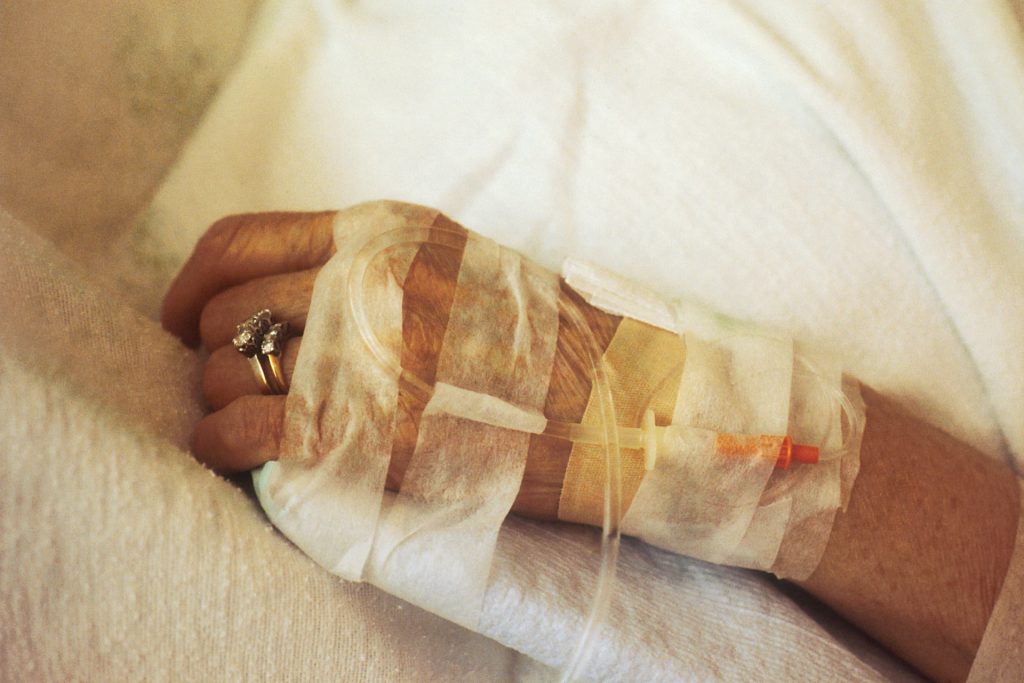COVID Vaccines less Effective in Patients Undergoing Chemotherapy

New research has found that patients undergoing active chemotherapy had a lower immune response to two doses of the COVID vaccine, although a third dose increased response.
“We wanted to make sure we understand the level of protection the COVID vaccines are offering our cancer patients, especially as restrictions were being eased and more contagious variants were starting to spread,” said Rachna Shroff, MD, MS, University of Arizona Health Sciences.
To find out, Dr Shroff and colleagues looked at 53 Cancer Center patients on immunosuppressive active cancer therapy, such as chemotherapy. They compared the immune response following the first and second dose of the Pfizer-BioNTech COVID vaccine with that of 50 healthy adults.
After two vaccine doses, most of the cancer patients showed some immune response to the vaccine in that they had produced antibodies for SARS-CoV-2.
“We were pleasantly surprised,” said Deepta Bhattacharya, PhD, professor of immunobiology in the College of Medicine – Tucson. “We looked at antibodies, B cells and T cells, which make up the body’s defense system, and found the vaccine is likely to be at least partially protective for most people on chemotherapy.”
However, this immune response was much lower than in healthy adults, and a few of the patients had no response to the COVID vaccine. This translates to less protection against SARS-CoV-2, especially the now-dominant Delta variant.
Twenty patients returned for a third shot, which boosted the immune response for most. The overall group immune response after the third shot reached levels similar to those of people who were not on chemotherapy after two doses.
The results were published in Nature Medicine.


